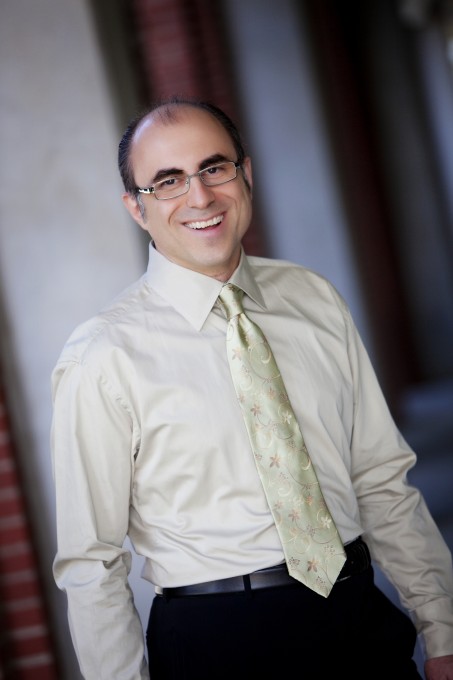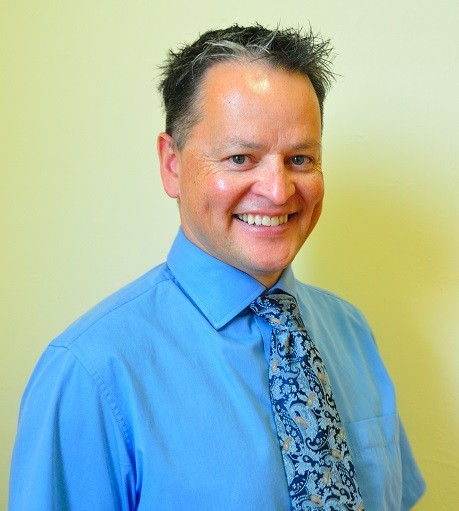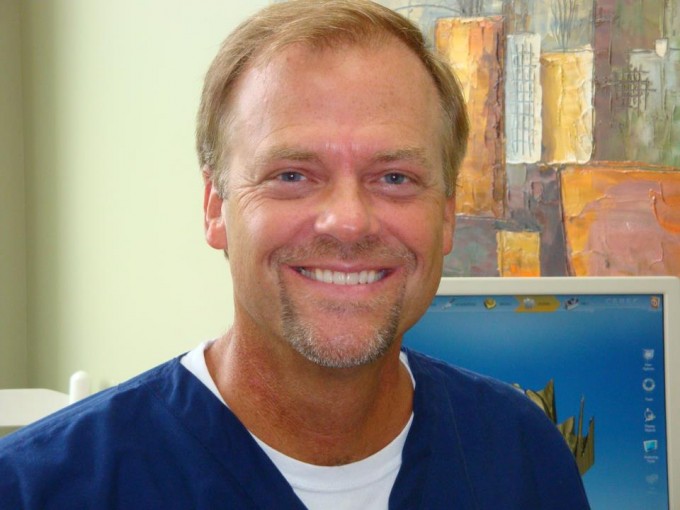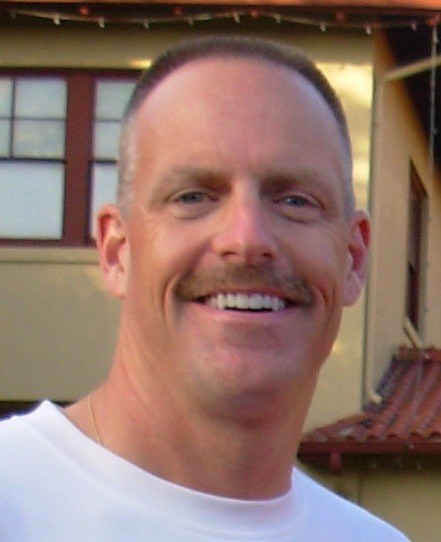What is too much pressure on tissue with implants?
I saw a comment on the boards the other day that asked this question. It was funny because I am going through a case right now that I had some issues with this.
I don't exactly know how to answer the question to be honest. There are many different things i've heard.... things like the blanching goes away in 20 min or less,etc... The way that I have done it in the past was just by "feel". That is... I want to put pressure on the tissue and I can usually feel if it's too much by how it seats. If I have trouble, then I will adjust. It also will depend on anterior vs posterior and how much tissue I need to move.
Here is a case replacing 2 congenitally missing lateral incisors. He has been wearing a flipper for over 10 years and finally wanted some teeth. Here is the initial preop photo...

After doing the plan, we placed the implants guided in the site




I let heal about 3 months. Since he had a flipper, I just used healing caps that were flush with the tissue and adjusted his flipper for the provisional.
Here is how the tissue looked at full healing:



As you can see, I have a lot of tissue to move, especially on tooth #10. Now, here is the mistake that I made. I tried to move it too quickly. Meaning, I pushed on the tissue way way too hard. It was difficult and painful for the patient (I did not numb up). #7 was still painful, but not that bad because I didn't have to go as far...
Here are the initial provisionals:


How do I know I pushed too much too fast? Here is an iphone picture my assistant sent me two days later (it's her brother in law)

Yikes.... I had to have the patient in immediately, get the provisional out, recontour it quite a bit and put it back in. That with a chlorohexidine rinse healed the problem in about 4 days.... Here he is as of Monday:

So.. be careful. If you need to move the tissue a lot, do it in a couple stages and not all at once. You may get lucky and it will work... or you may end up having a significant issue like I did on this case.
On 6/14/2017 at 9:57 am, Sameer Puri said...Mike,
such a great teaching case on so many levels.
Agree... specifically that I would have had an easier time if I would have imaged at surgery and made a custom healer. Since they were 3.0 implants, I decided not to and form the tissue later. However, I still should have imaged at surgery. There were a couple reasons why I did not.. but I can get into that at a later date.
When I seat a screw-retained abut/crown I screw it down until the not numb patient tells me they feel pressure on the gum and I look to see if there's blanching. In any event, I'll wait 1 or 2 minutes and turn it another half turn, asking how they feel and reassuring them that the pressure will go away. Repeat until seated. Rarely do I have to relieve the abut/crown. Blanching is usually gone by the time I release the patient (or very little remains). The software does a great job.
I literally just did this one an hour ago. She came straight from the surgeon, after immediate extract and placement. I had to adjust it a few times to get the contact perfect and to get the tissue pressure right. She could feel the pressure as I tried it in the first time, so I re contoured a bit to thin it out. The correct pressure I found was just putting my index finger on the crown and pushing down with slight resistance to get it to seat, and minimal bounce back when i let my finger off.
Obviously I needed to check my camera settings before I shoot! Damn associates touchin my camera!

Great post. My experience has been that a severe reaction as above is usually a bone issue and not just a soft tissue issue, i.e. there is too much pressure on the bone. Make sure the bone is profiled correctly at the initial surgery or at second stage prior to inserting the temp or custom tissue former. These are Astra implants and I know that the bone profilers for the Astra EV implants were just released (will be commercially available very soon) so they were probably not available at the time of this case.
Two more tips regarding this topic:
1.) No need to anesthetize the patient with injections. Remove the healing cap, place a strong topical (TAC 20 or BestTopicalEver) into the site, have patient bite down on a gauze for 7-8 minutes, remove and rinse off, insert the temp/custom tissue former and the patient will not feel a thing.
2.) If you are placing an immediate temp or custom tissue former immediately at the time of surgery (such ad Kurt above) then keep the facial contours flat so there is no pressure on the facial gingiva pushing it out facially and apically. You can always add to the contour in the final abutment/restoration to push the gingiva back to it's proper position. This is especially important for anterior esthetic sites.
Farhad
Mike, were you aiming to have a longer/higher ging margin on the laterals to give them less of a square look?
How did the case end up?
Yes Damian. I just did the first temp a couple weeks ago. I will let this heal a bit and then push a little more to get the gingival margin up. Going to take my time
On 6/14/2017 at 5:52 pm, Farhad Boltchi said...Great post. My experience has been that a severe reaction as above is usually a bone issue and not just a soft tissue issue, i.e. there is too much pressure on the bone. Make sure the bone is profiled correctly at the initial surgery or at second stage prior to inserting the temp or custom tissue former. These are Astra implants and I know that the bone profilers for the Astra EV implants were just released (will be commercially available very soon) so they were probably not available at the time of this case.
Two more tips regarding this topic:
1.) No need to anesthetize the patient with injections. Remove the healing cap, place a strong topical (TAC 20 or BestTopicalEver) into the site, have patient bite down on a gauze for 7-8 minutes, remove and rinse off, insert the temp/custom tissue former and the patient will not feel a thing.
2.) If you are placing an immediate temp or custom tissue former immediately at the time of surgery (such ad Kurt above) then keep the facial contours flat so there is no pressure on the facial gingiva pushing it out facially and apically. You can always add to the contour in the final abutment/restoration to push the gingiva back to it's proper position. This is especially important for anterior esthetic sites.
Farhad
I wish there was a Cdocs version of Alexa....I could here it now..."Farhad, Tell me the proper torque of a nobel active 4.3" ![]()
Screw retained gregory. It's healing fine now. I removed most of the shoulder of the tibase as well because of what Farhad outlined. Could have been bone reaction as well.
On 6/14/2017 at 5:52 pm, Farhad Boltchi said...Great post. My experience has been that a severe reaction as above is usually a bone issue and not just a soft tissue issue, i.e. there is too much pressure on the bone. Make sure the bone is profiled correctly at the initial surgery or at second stage prior to inserting the temp or custom tissue former. These are Astra implants and I know that the bone profilers for the Astra EV implants were just released (will be commercially available very soon) so they were probably not available at the time of this case.
Two more tips regarding this topic:
1.) No need to anesthetize the patient with injections. Remove the healing cap, place a strong topical (TAC 20 or BestTopicalEver) into the site, have patient bite down on a gauze for 7-8 minutes, remove and rinse off, insert the temp/custom tissue former and the patient will not feel a thing.
2.) If you are placing an immediate temp or custom tissue former immediately at the time of surgery (such ad Kurt above) then keep the facial contours flat so there is no pressure on the facial gingiva pushing it out facially and apically. You can always add to the contour in the final abutment/restoration to push the gingiva back to it's proper position. This is especially important for anterior esthetic sites.
Farhad
yikes that's a long time; do you experience tissue sloughing from the topical? We use the BestTopicalEver and have seen tissue slough after just a couple of minutes...
On 6/14/2017 at 8:40 pm, Brian Chan said...yikes that's a long time; do you experience tissue sloughing from the topical? We use the BestTopicalEver and have seen tissue slough after just a couple of minutes...
We have both topicals. It is true that the recommendation is 2 minutes to avoid tissue sloughing. However, 2 minutes is not enough for this purpose (I have tried it). I would recommend 7-8 minutes for TAC 20 and 5-6 minutes for BestTopicalEver (as it is stronger). You will see some minor tissue sloughing but if you rinse the topical off well there are no clinical consequences.
Farhad
Mike, this particular case has no true clinical relevance.....you had this complication because you were treating a staff family member!
These are ALWAYS the cases that have issues come up and I am sure we could easily document this phenomenon with corroborating evidence from other Cerec docs ![]()
On 6/15/2017 at 1:24 pm, Tyson Roe said...Mike, this particular case has no true clinical relevance.....you had this complication because you were treating a staff family member!
These are ALWAYS the cases that have issues come up and I am sure we could easily document this phenomenon with corroborating evidence from other Cerec docs
So true.... :)
KK--looks like they need to get a bleach refill to match the temp. Or are you trying to get them buy into bleaching? Nice otherwise!
![]()
She is already whitening :)...She wants to match this color if she can. We went w same shade as 7, and if she cant get there, we will do 7 and 10 to match what ever shade she winds up with.
Here is my workflow. This is not a particularly esthetic case but it illustrates the workflow:
Pre-temp situation with a smaller healing cap during healing

Remove healing cap and place strong topical (BestTopicalEver in this case) for 6-7 minutes and have patient bite on gauze

Rinse topical off and place largest stock healing cap (this one is a 6X4 for the Straumann NC implant purchased from Aeton Medical since Straumann doesn't have these)

This pre-conditions the tissues

Place scanpost/scanbody (since this was a narrow implant the scanpost shoulder was removed/reduced)

Screw-Retained Enamic Temp on Straumann Variobase C (narrow platform - not available in the U.S. yet) (shade is off but that's the only Small block we had and it's only a temp)

Pre- and Post-temp radiographs

Farhad














